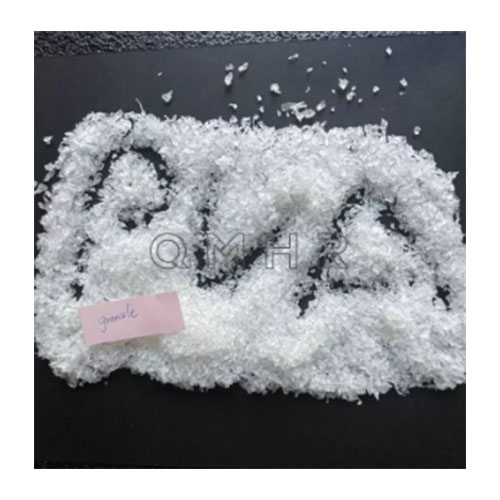Macromolecular epoxy resin is a versatile and durable material that can be used for a wide range of applications, including crafts, DIY projects, and industrial applications. Whether you are a beginner or have some experience with epoxy resin, this step-by-step guide will help you understand the basics and get started with using macromolecular epoxy resin effectively.
Step 1: Gather Your Supplies
Before you begin working with macromolecular epoxy resin, it’s important to gather all the necessary supplies. Here’s what you’ll need:
Macromolecular epoxy resin
Hardener (check the manufacturer’s instructions for the recommended ratio)
Mixing container and stirring sticks
Protective gloves
Protective eyewear
Heat resistant surface or molds
Optional: Pigments, glitter, or other additives
Step 2: Prepare the Workspace
Ensure that you have a well-ventilated workspace. Epoxy resin can emit fumes, so it’s important to work in a properly ventilated area. Cover your workspace with a heat-resistant surface, such as a silicone mat or plastic sheet, to protect it from spills or drips.
Step 3: Measure and Mix
Most macromolecular epoxy resins require a specific ratio of resin to hardener. Read the manufacturer’s instructions carefully and measure the resin and hardener accordingly. Pour the resin into a clean mixing container, followed by the hardener. Stir the mixture thoroughly, ensuring that both components are completely blended.
Step 4: Add Color or Additives (Optional)
If you want to add color or other additives to your epoxy resin, now is the time to do so. You can use pigments, glitter, or other specialized additives to customize your project. Be sure to follow the manufacturer’s instructions for the recommended amount of additives and thoroughly mix them into the resin.
Step 5: Let the Bubbles Escape
After mixing the resin and additives, you may notice bubbles in the mixture. To remove them, gently blow on the surface using a straw or use a heat gun or torch on low heat to release the trapped air. Be careful not to overheat the surface as it may cause the resin to deform or yellow.
Step 6: Pour and Cure
Now that your resin mixture is ready, carefully pour it into your desired molds or onto your prepared surface. If using molds, ensure they are clean and free of any dust or debris. Smooth the surface using a stirring stick or a toothpick if necessary.
Allow the epoxy resin to cure according to the manufacturer’s instructions. This may take several hours to several days, depending on the type of resin you are using. Avoid disturbing the resin during the curing process to achieve the best results.
Step 7: Finishing Touches
Once your epoxy resin has fully cured, you can remove it from the molds or admire it on the surface. Sand any rough edges or imperfections if desired, and apply a clear coat of resin to enhance the shine and protect the surface.
Conclusion
Working with macromolecular epoxy resin can be a rewarding and creative experience. By following these step-by-step instructions, even beginners can achieve impressive results. Remember to read and follow the manufacturer’s instructions for the specific epoxy resin you are using, and always prioritize safety by wearing protective gear and working in a well-ventilated area. Now, it’s time to unleash your creativity and start crafting with macromolecular epoxy resin!

